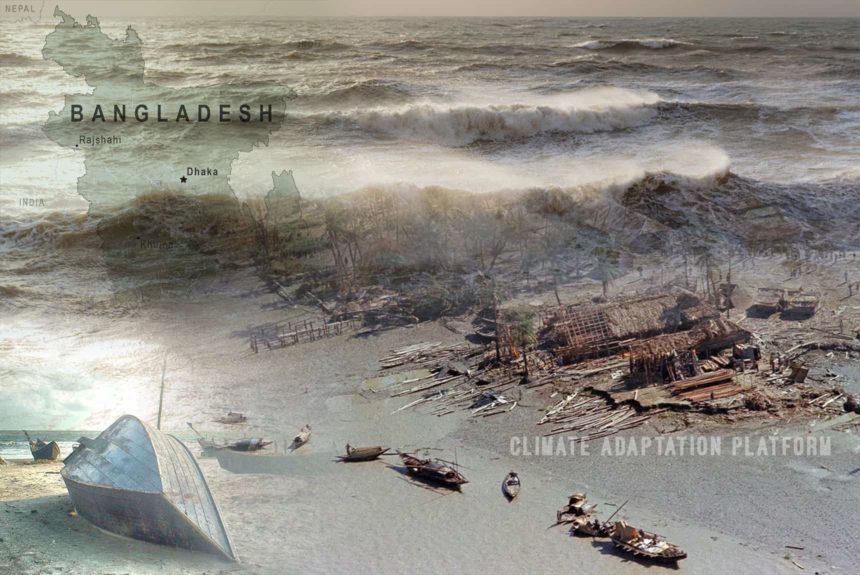Bangladesh’s location at the northern end of the Bay of Bengal exposes it to tropical cyclones. On average, four cyclones visit the country each year.
Although only 5% of the cyclones form in the Bay of Bengal, casualties account for 80% of the total casualties each year, with much property damage attributed to storm surges.
Cox’s Bazar, a fishing port and tourism city in southeastern Bangladesh, is most prone to tropical cyclones, especially in recent years. The rapid population growth in the area due to the migration of Rohingya refugees has also increased its vulnerability to natural disasters.
Population growth has significantly strained infrastructures and social services designed to serve many populations.
The rapid change in population and landscape in the area has affected their disaster response effectiveness. An assessment of the disaster response capabilities against extreme hazards can help strengthen disaster management and response activities.
A paper that Fakhruddin, Kintada, and Hassan published in January 2022 seeks to understand the hazards and the probability and intensity of their occurrence to determine the risk to life and infrastructure.
Indeed, a better understanding of risks also allows relevant agencies to plan for and respond to disasters.
“This paper developes a synthetic cyclone modelling (Category 4) to understand the probable maximum impacts of a tropical cyclone and its cascading and compounding hazards in Bangladesh’s Cox’s Bazar area. These models are used to develop contingency plans and strategies for disaster response. The probabilistic cyclone hazard modelling provides scenarios based on hazards information that could benefit humanitarian agencies and future infrastructure risk assessments.”
Fakhruddin, Kintada, and Hassan (2022)
To read the whole paper, CLICK on the link provided in the “Source” below:
Source:
Bapon Fakhruddin, Karunakar Kintada, Quamrul Hassan, Understanding hazards: Probabilistic cyclone modelling for disaster risk to the Eastern Coast in Bangladesh, Progress in Disaster Science, Volume 13, 2022, 100216, ISSN 2590-0617, https://doi.org/10.1016/j.pdisas.2022.100216



Leave a Reply